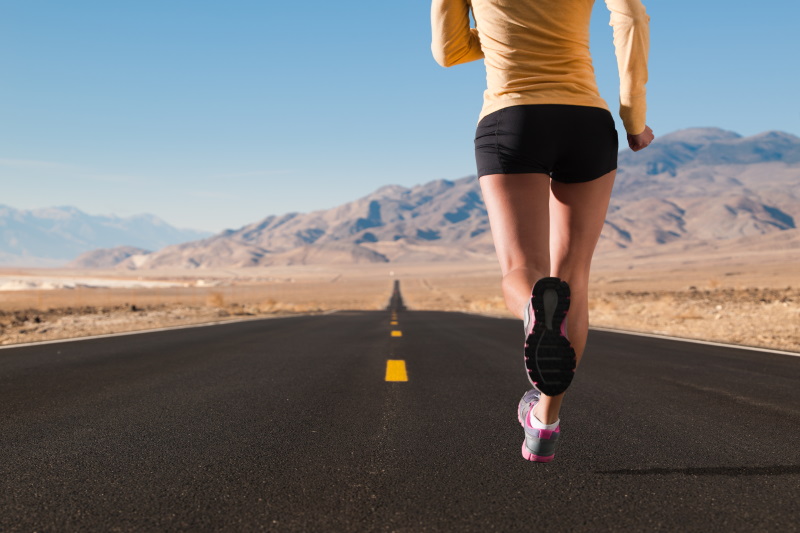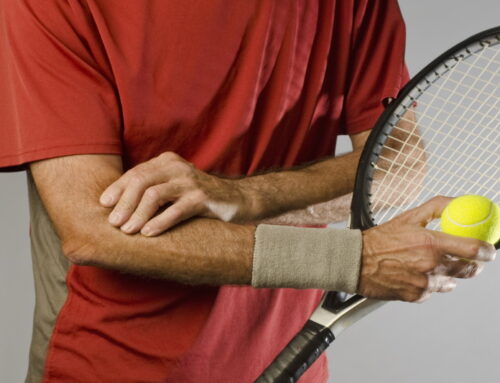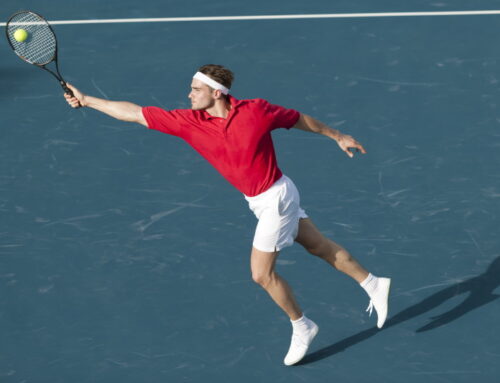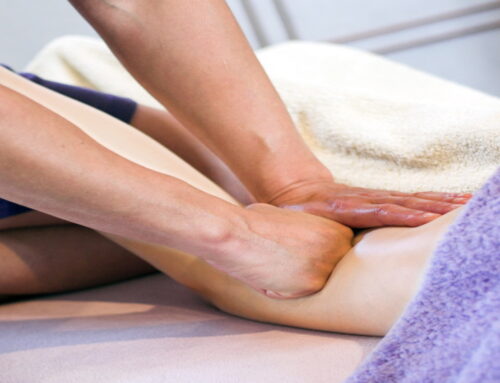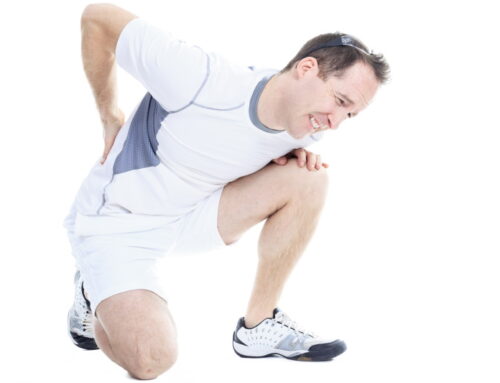Runner’s knee, or to give it its medical name ‘Patellofemoral pain syndrome’, is relatively common amongst runners- hence the term! It’s actually a kind of umbrella term used to refer to a variety of knee problems at the front and sides of the knee.
You don’t have to be a runner to get runner’s knee; but it is an affliction that affects people who run or jog, as the stress of that kind of exercise can cause irritation where the kneecap, or patella, rests on the thighbone, or femur.
You may get a sudden, sharp pain, or else feel a dull pain after you’re finished exercising – it might even go away when you run again but will invariably return afterwards.
The knee is basically a hinge joint, allowing backwards and forwards motion, as well as a little rotation to either side. Knee movement is controlled by the hamstring and quadriceps muscles at the back and front of the thigh bone whilst the muscles at the side and back of your hip joint called your gluteal muscles provide stability and play a leading role in maintaining proper alignment of your leg when you walk and run. “Runner’s knee” happens when the patella fails to move smoothly and in a straight line through the groove at the lower end of the thighbone.
This can happen for a number of reasons; weakness in the gluteal muscles can lead to excessive internal hip rotation when you run which in turn alters how our patellar tracks in the groove of the thigh bone and therefore the distribution of stress through the joint. Similarly feet which roll in too much or ‘over pronate’ can in turn cause the knee to move off track increasing stress on certain parts of the knee joint; improper footwear that doesn’t provide enough support to your foot and improper training techniques can all play a role.
Causes of runner’s knee
Pinpointing a single cause of runner’s knee is tough; there may be a few reasons for it. Sometimes, it’s due to what’s known as a ‘biomechanical problem’ – your kneecap might be larger on the inside than it is on the outside, or sit high in the groove of the thighbone. Very tight hamstrings or calf muscles and/or weak quadriceps muscles all have the potential to alter the mechanics of how our knee functions when we walk and run. Even if your footwear and training techniques are good, many runners find the sheer repetitive force of a normal running stride can be enough to provoke an attack of ‘runner’s knee’.
How do I know I have Runner’s Knee?
The most obvious symptoms of runner’s knee are pain and tenderness behind or around the kneecap, usually toward its centre. The pain often feels worse if you are going downhill or coming down steps, and it may get quite stiff if you sit down for long periods of time. Some people hear a clicking or crunching noise when they extend or bend their knee.
Runner’s Knee tends to affect more women than men, as women have wider hips and an increased angle between their thighbone and their knee. It might just affect one knee, or both, and can happen to people even though they are otherwise fit and healthy and not overweight.
Prevention of runner’s knee
To help stave off runner’s knee, you need to train smarter! try to run on softer surfaces and when you increase your mileage, do so gradually.
If you are trying to incorporate some hill training make sure you do so slowly. One of the most important things a runner needs is appropriate footwear that has been fitted for your gait and feet.
Pronation or the excessive rolling inwards of your feet is exactly the kind of issue that causes your kneecap to become misaligned, so you may need to be fitted for orthotics.
Strengthening exercises and stretching are key to ensure all your muscles are firing optimally to prevent excess pressure on the knee joint. Any athlete or individual who is serious about their running and wants to be able to enjoy it pain free needs to be on a preventative strength program.
At the first sign of pain, cut back – the sooner you reduce the stress load on your knee, the faster healing can start.
If the pain doesn’t go away, you’ll need to see a physiotherapist.
Treatment of Runner’s Knee
Treatment will depend on the state of your knee- the first task is always to minimise pain and damage. Your biomechanics will need to be evaluated- how you move; how your gait is; how the rest of your joints above and below the knee work; how stable your core is, and so on.
Depending on the root causes of your runner’s knee (s) and the specific symptoms you’re experiencing, your physiotherapist will tailor strengthening and stretching exercises to your needs to address any biomechanical causes of your pain. Luckily, almost all cases of Runner’s Knee respond well to physiotherapy treatment.
The first aim of treatment is to solve the immediate pain and the localised inflammatory response; then to identify and address underlying biomechanical and body alignment issues that might be contributing to the problem.
For more information or to book your appointment, just call Portobello Physiotherapy Clinic on 01 476 3330.


